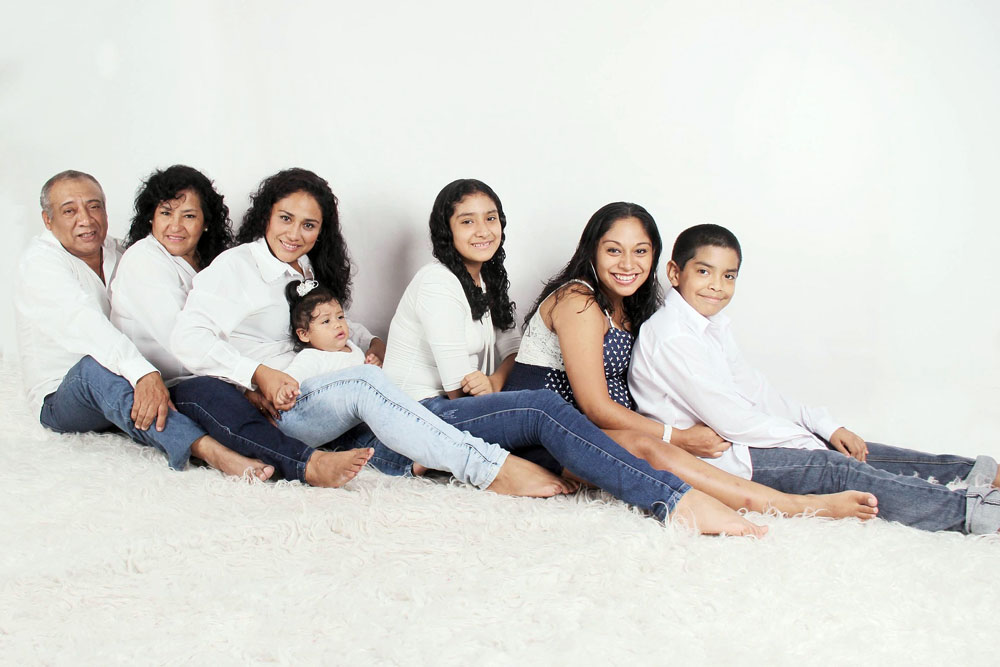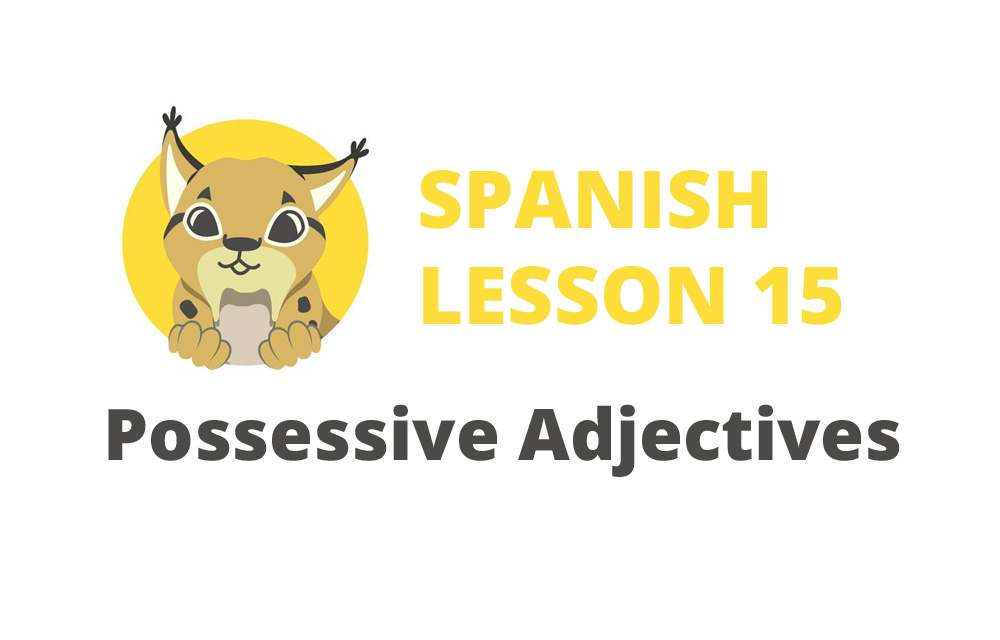This the fifteenth lesson in our beginner level Spanish course and we will look at Spanish Possessive Adjectives and practice using them to describe our families.
We looked The Family in Spanish in our previous lesson and practiced describing family members using Ser and Estar. In this lesson we will use the same vocabulary we learned in lesson 14 but learn how to use Spanish Possessive Adjectives to describe, for example, My father, Your mother, His, brother, Her sister, Our Uncle, Your parents, and Their nieces.
Spanish Possessive Adjectives:
Mi/s: My
Tu/s: Your (singular)
Su/s: His/Her/Its
Nuestro/a/s: Our
Vuestro/a/s: Your (group)
Su/s: Their
Plurals and masculine and feminine
You will see that with each of the Spanish Possessive Adjectives there is the option to add an ‘s‘. This is to be used whenever you are describing something that is plural.
For example:
Mis sobrinos: My nephews (more than one sobrino)
Mi sobrino: My nephew (one sobrino)
Tus hermanos: Your brothers (more than one hermano)
Tu hermano: Your brother (one hermano)

You will also see that Nuestro and Vuestro have the option to add an ‘a‘. This is to be used whenever you are describing something/somethings that is/are feminine.
For example:
Nuestro abuelo: Our grandfather
Nuestra abuela: Our grandmother
Vuestro tío: Your uncle
Vuestra tía: Your aunt
Don’t forget that everything (nouns) in Spanish are either masculine or feminine. We don’t just have to be aware of masculine and feminine endings when we are describing people, it is the same with inanimate objects.
For example:
Nuestro coche: Our car (Coche is a masculine noun in Spanish)
Nuestra casa: Our house (Casa is a feminine noun in Spanish)
Let’s practice
Now we are going to practice using Spanish Possessive Adjectives to describe family members. We are going to make some sentences to describe El rey Felipe de España (King Felipe of Spain):
Su nombre es Felipe: His name is Felipe
Él es el rey de España: He is the King of Spain
Él tiene cincuenta y un años: He is fifty one years old
Su mujer es Letizia: His wife is Letizia
Él es español: He is Spanish
Su casa está en Madrid: His house is in Madrid
Sus padres son Juan Carlos y Sofía: His parents are Juan Carlos and Sofía
Él tiene dos hermanas, Elena y Cristina: He has two sisters, Elena & Cristina
Sus hijas son Leonor y Sofía: His daughters are Leonor & Sofía
That is all for this lesson about Spanish Possessive Adjectives. We recommend that you review the previous lessons in this course about The Family, Ser (To be) and Estar (To be) and practice writing your own sentences to describe your family and the families of other people you know.
